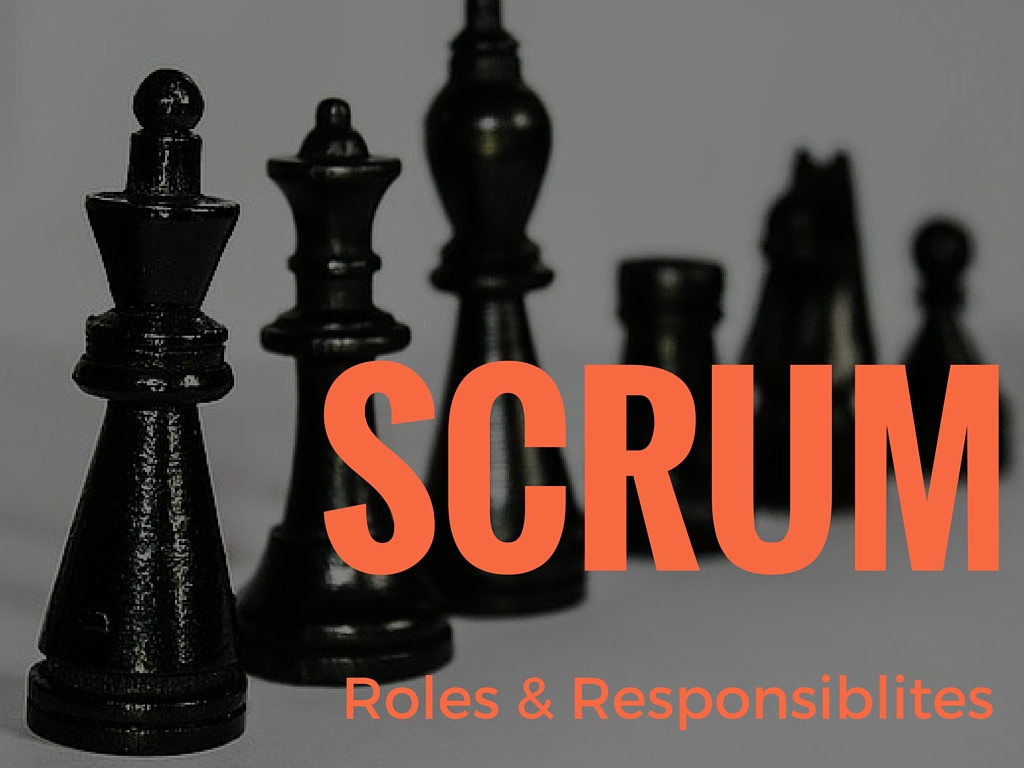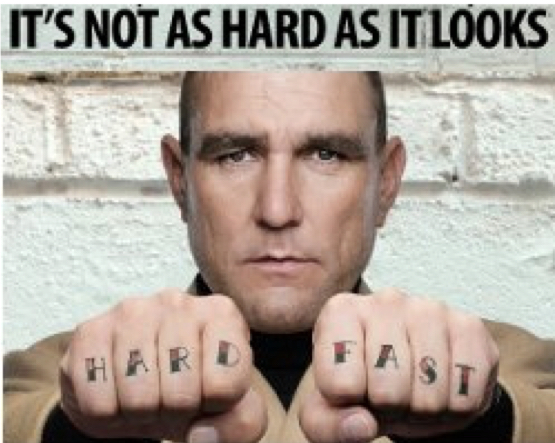1. Scrum Roles in Scrum Methodology

In scrum methodology the important aspect is scrum roles. It is important that how those scrum roles are assigned and responsibilities are shared. As scrum roles are all about commitment. Scrum roles provide the best composition of a team. Which distinguished it from other SW development processes.
1.1 Scrum Methodology
In Scrum Role, there should be a clarity and clear division of roles and responsibilites
Here are few aspect of scrum roles
When it comes to commitment, authority and team size in general
Chicken and the Pig
Total commitment – Chicken and pig decided to have a bed-n-breakfast restaurant. The pig then replies, “no way … you’d only be involved, but I’d be committed!”
Two Pizza Rule
Highly autonomous task forces with five to seven people. No more than can be fed with two pizzas, who innovate and test new features. Jeff Bezos CEO Amazon
Having Two Scrum Roles (Scrum Master and Product Owner) in Same Project
Two pizza rule [Jeff Bezos] : In scrum don’t exceed the team size, if they couldn’t be fed with two pizzas
Click to Tweet
When it comes to adopting scrum. It is important for a prospective scrum team to know exactly what they are signing up for. Agile team is a cross functional group of individuals, who has the ability and authority. Which help them to define, analyse and build, In a short iteration time-box the sprint.
As such the team includes developers, tester, scrum master, product owner, and other resources such as UX, architect, sales and marketing. Scrum team have collective responsibilities to deliver the valued output which they commit to.
Team operate in context of the mission, and mission is defined in each sprint which is time boxed, each individual is doing her/his part. Working on collective or individual items, sharing the problem and progress among team.
2. Scrum Roles and Responsibilities
Core values of scrum team are collaboration, functional software delivery , self management, and flexibility to adapt to emerging business realities.
Adopting scrum for any team, is not just a matter of getting used to new processes. Some times it may come as a culture change. Team members may find difficult in accepting and adjusting to the roles. Those are the main agile roles which together decide and define the fate and destiny of a project.
Agile project teams are made up of many people and include the following scrum roles.
3. Scrum Roles
- Scrum Master
- Product Owner
- Scrum Team
- Stakeholders

4. Scrum Master
[Tweet “In agile, Scrum Master is the top dog with no authority”]
The Scrum Master is primarily the facilitator for the team, top-dog with no authority for the Product owner. The role of the Scrum Master is to remove all the impediments and any problem faced by team in day-to-day work, make the adoption of a scrum smoother and fun for the team or in some case enforce the scrum ceremonies and processes.
Since Scrum Master is the center of gravity for the things related to sprint scope and scussess. S(He) the primary source of knowledge for all things related to the sprint.
However, the Scrum Master is only a facilitator and has limited authority over the team in the sense that he/she cannot commit to goals and deadlines on behalf of the team or from stakeholders. It is up to the team to decide how much work can be committed in one sprint. The Scrum Master can also be seen as an impediment remover for the team, who is there to remove any obstructions that the team may face in pursuit of its sprint goals.
Responsibilities of the Scrum Master may include:
- Running daily Scrum
- Sprint planning
- Act as sheep dog for the scrum team, to safe guard team from any distractions
- Emphasize and communicate the value of deliverables/output
- Organize Sprint Planning, Daily Scrums, Sprint reviews, and retrospective meetings
- Provide constant guidance to the team.
- Continuously coordinate with the team and Product owner to come up with and implement improvements.

5. Product Owner
[Tweet ” In scrum, authority comes with accountability and responsibility.”]
In Scrum, the Product Owner is the one who convey the vision of stakeholder(s) to the team. Product owner has the ultimate authority to alter the scope, influence the development effort and prioritize work for the scrum team.
He is the voice of stakeholder, which make him/her also the single chocking neck if something goes wrong. Which means he is the responsible person for delivering which was committed in time and with quality. In scrum authority comes with accountability and responsibility.
The product owner prioritizes backlog for the team. However Product Owner should respect the commitment of team for delivering what team feels comfortable. The team is ultimately responsible for defining how much can be achieved within a sprint. That should be clearly communicated to the stakeholders by Product Owner.
5.1 Responsibilities of the Product owner
- Create the Product backlog.
- Sort the Product backlog items according to priority.
- Create and maintain the Release Burndown Chart.
- Provide support for the Scrum Master. Help the Scrum Master organize Sprint Review Meetings.
- Attend daily scrum (optional).
- Attend sprint planning and sprint demo meetings.
- Clearly communicate the business requirements to the Team.
- Build and maintain a relationship with the Stakeholders, including reporting to stakeholders regularly.

6. Scrum Team
[Tweet “Commitment means, Scrum Team will deliver the agreed results on time”]
The Scrum team is responsible for working towards meeting their sprint goals and delivering their work on time. For this to be accomplished, team works with the Scrum Master which items from the Product backlog can be delivered in a Sprint. Since the team has made a commitment to a Sprint, they must ensure that they can deliver the agreed results on time, as sprints cannot be extended or delayed. In this manner, the team holds great power, however is also ultimately held accountable for delivering on time.
6.1. Scrum Team Responsibilities
- Self-organize and Commit to a Sprint Goal.
- Work with Product Owner to decide which items from the Product Backlog will be completed in which sprint.
- Help create and maintain the Sprint Backlog, Sprint Burndown Chart and Task Board
- Implement the findings that result from Retrospective meetings.
- Create and follow the Definition of Done
- Attend all Scrum meetings, including Daily Standups.
- Look for and suggest ways to continuously improve their processes.

7. The Stakeholders
The Stakeholder by definition is anyone who has an interest (or a stake) in the project. This may refer to people who provide funding for the project or they may be direct managers of the team members. In the Scrum environment, the stakeholders are responsible for communicating their needs, and providing feedback to the team. In scrum roles stakeholder is the highest entitle to make the final decision when comes to priority and delivery
7.1 Stakeholder Responsibilities
- Develop and Maintain the Product backlog along with the Product Owner.
- Attend the sprint demo meetings.
- Provide feedback to the product owner.
- Prioritize work affectivley with product owner
How you are handling Scrum Roles and Responsibilites in your team, how well does it work ?
* For a detailed article on the Scrum Process, please have a look at this.
* Learn more about Kanban

![Tweet: Two pizza rule [Jeff Bezos] : In scrum don’t exceed the team size, if they couldn’t be fed with two pizzas www.linktotheblog.com](http://clicktotweet.com/img/tweet-graphic-1.png)